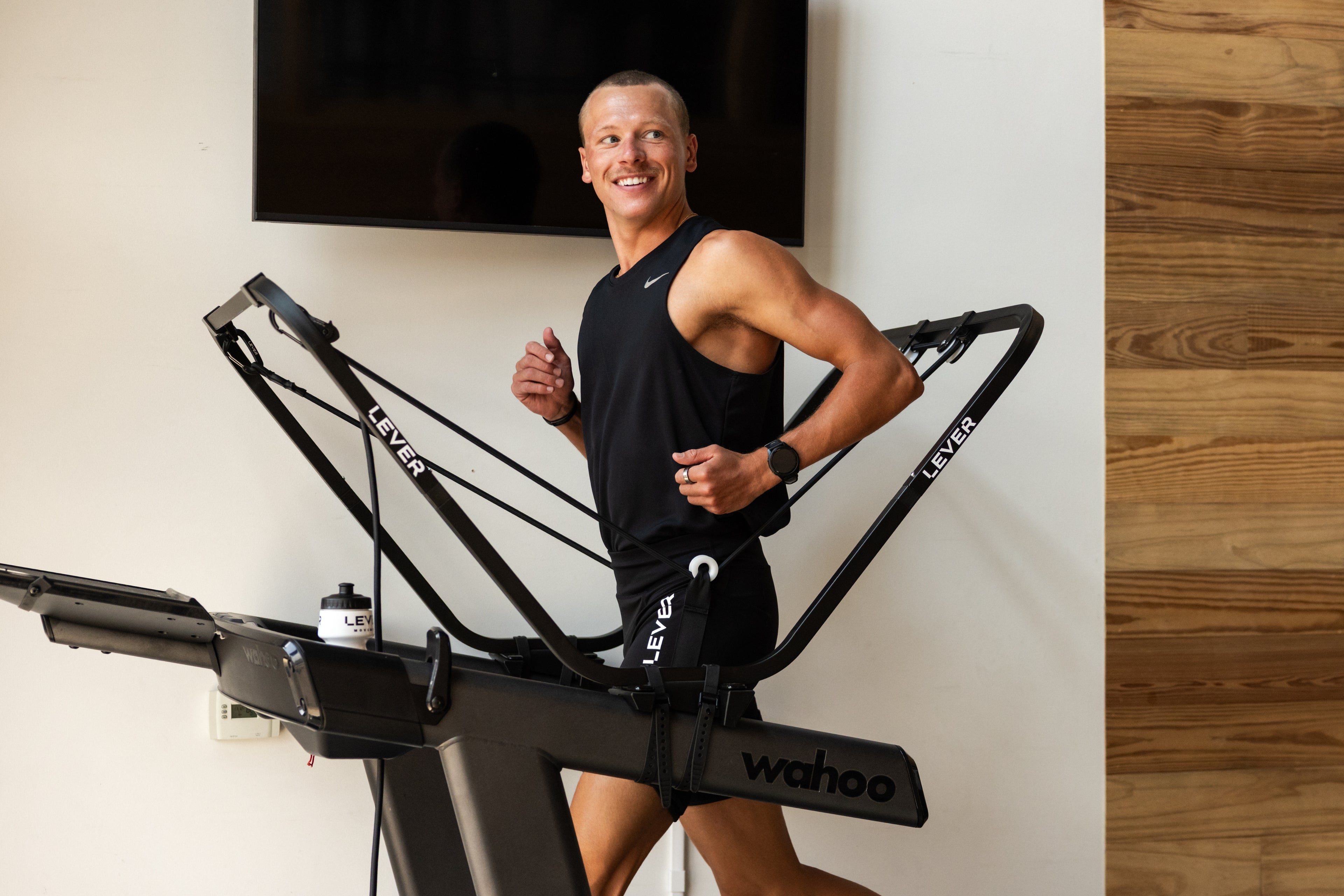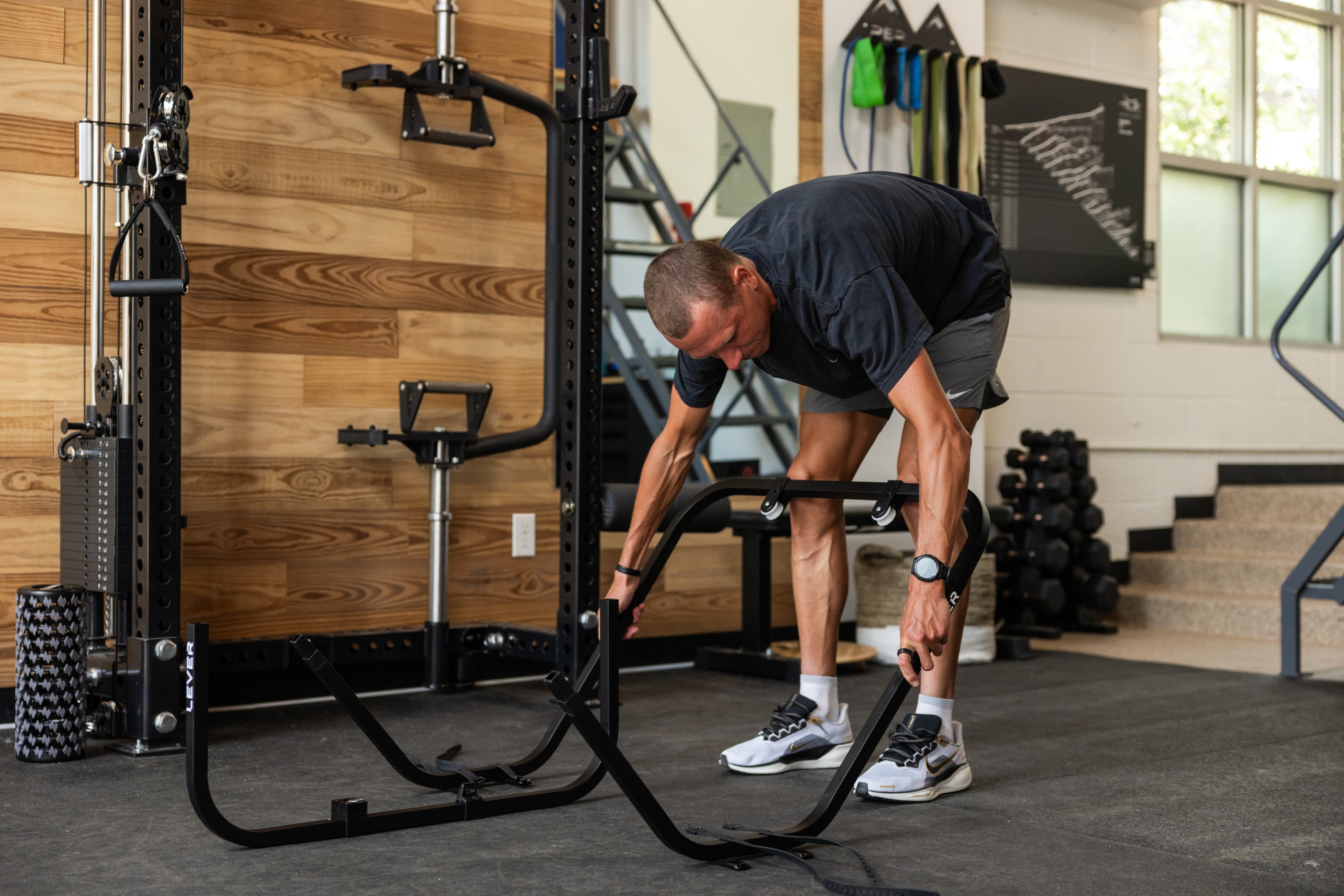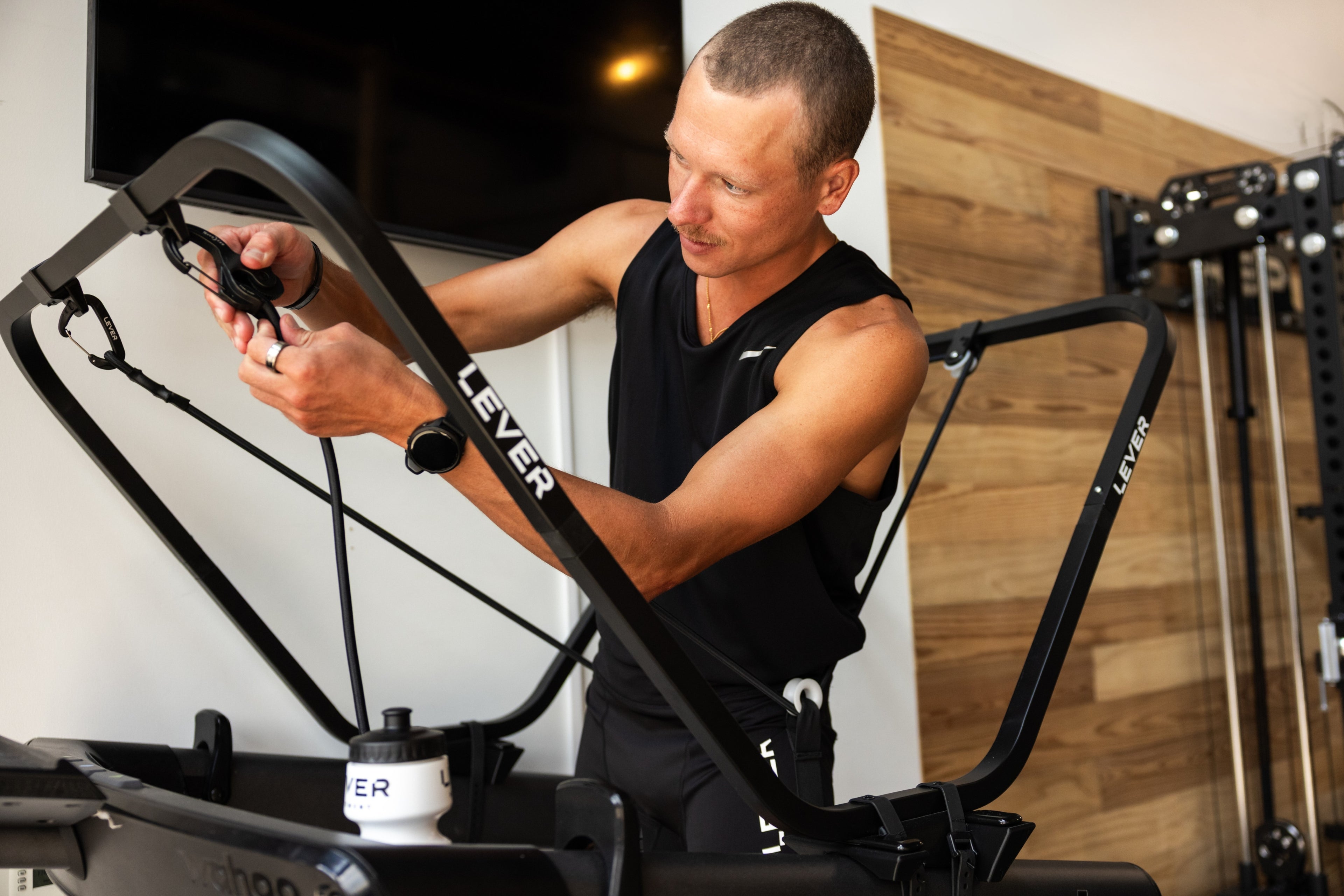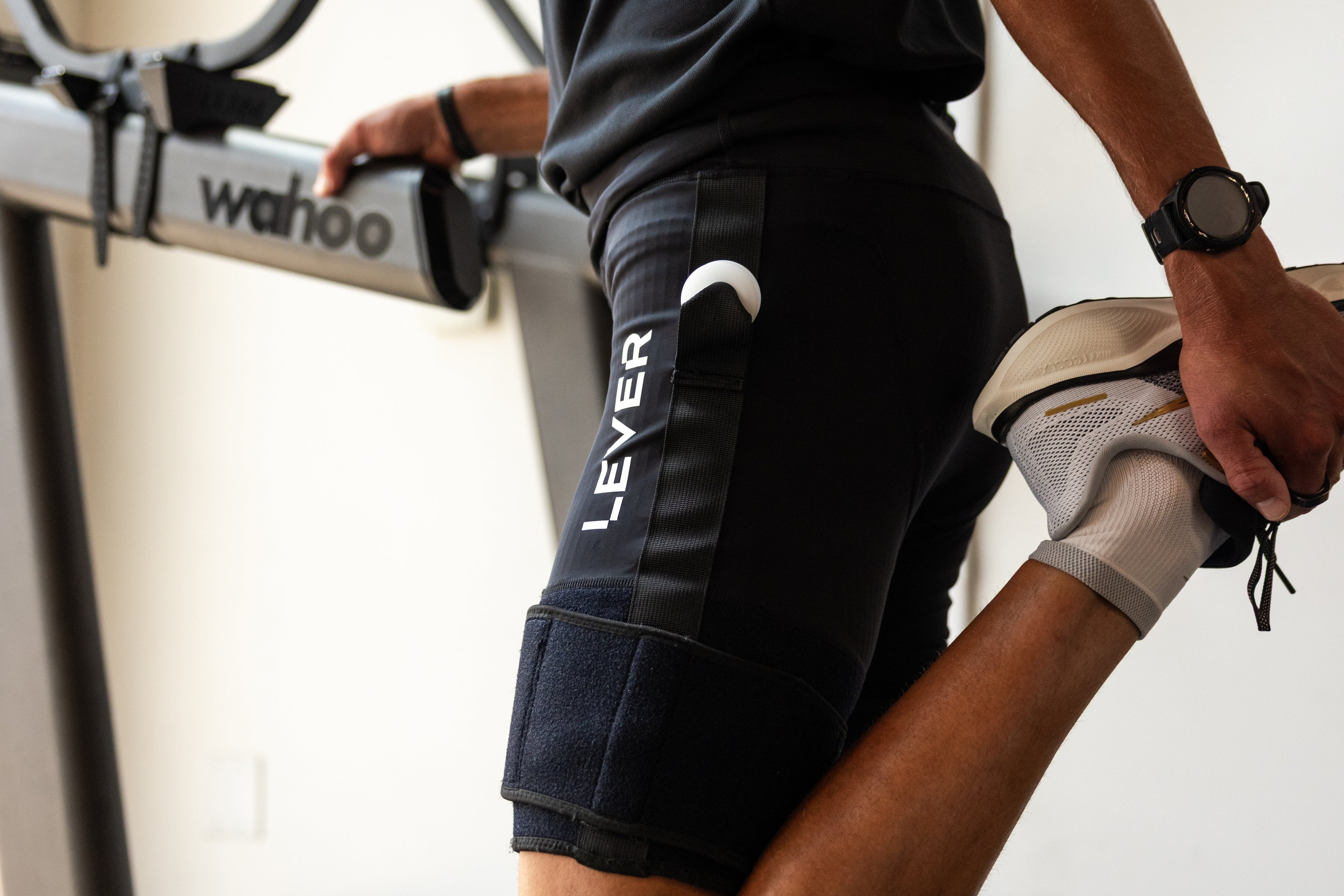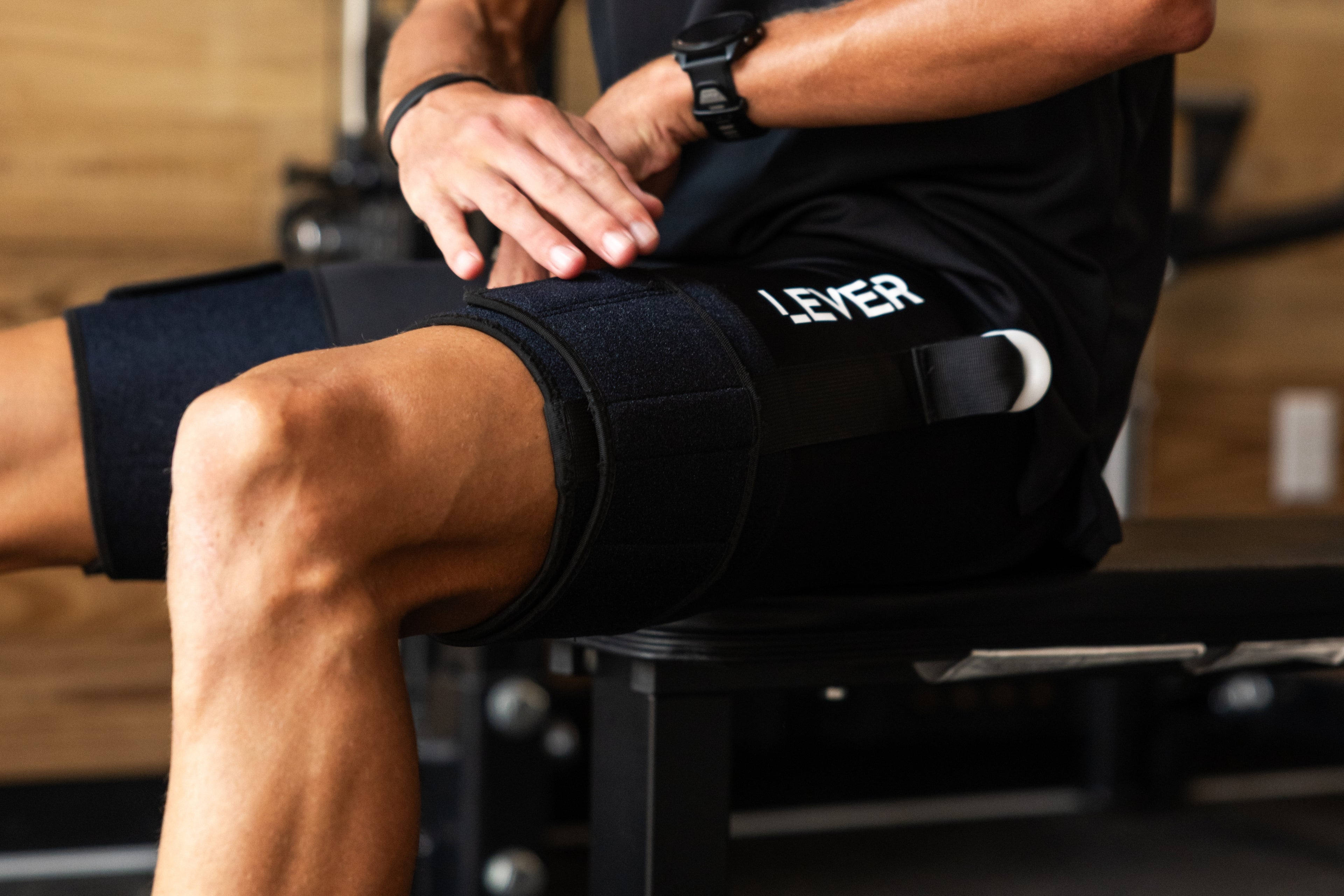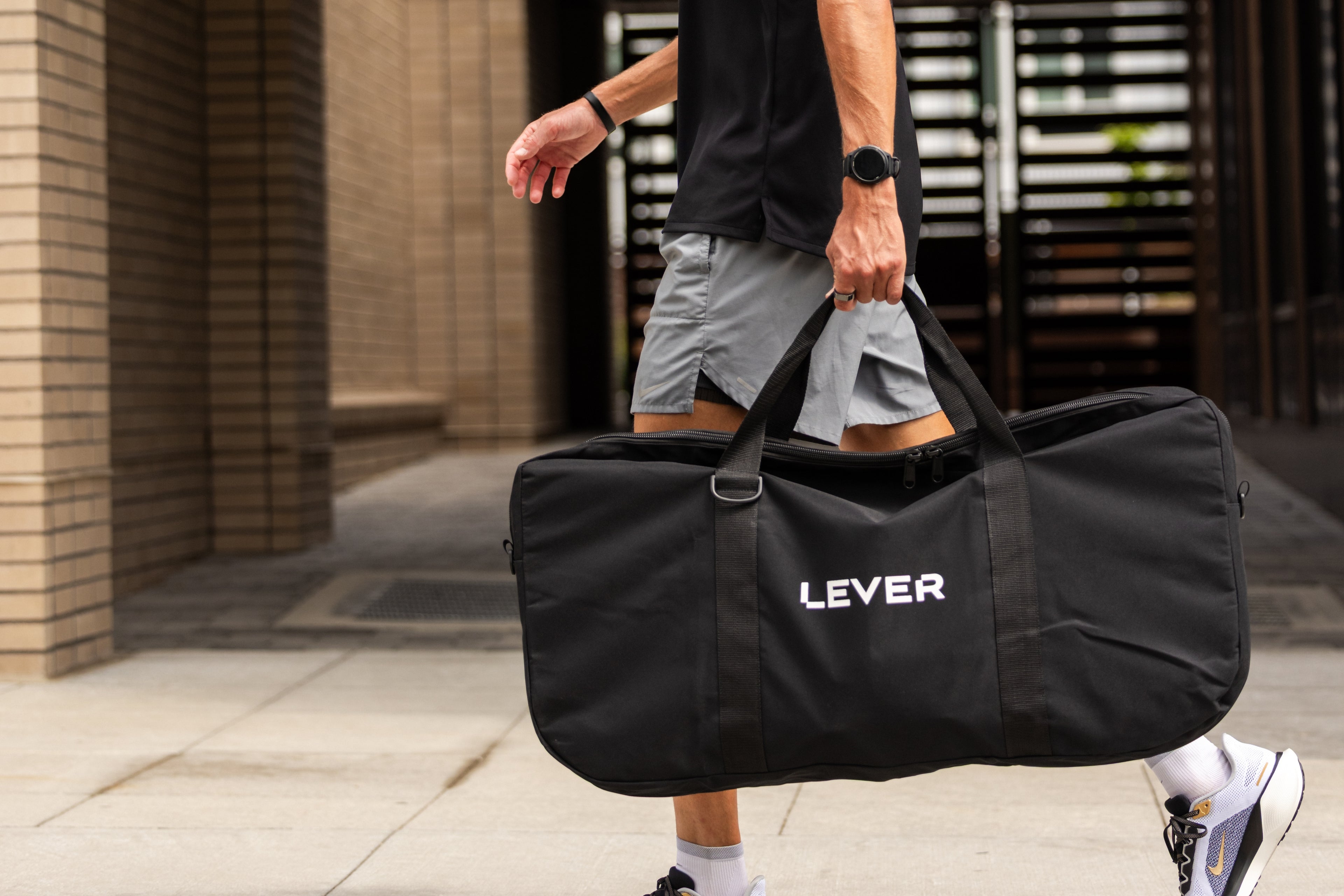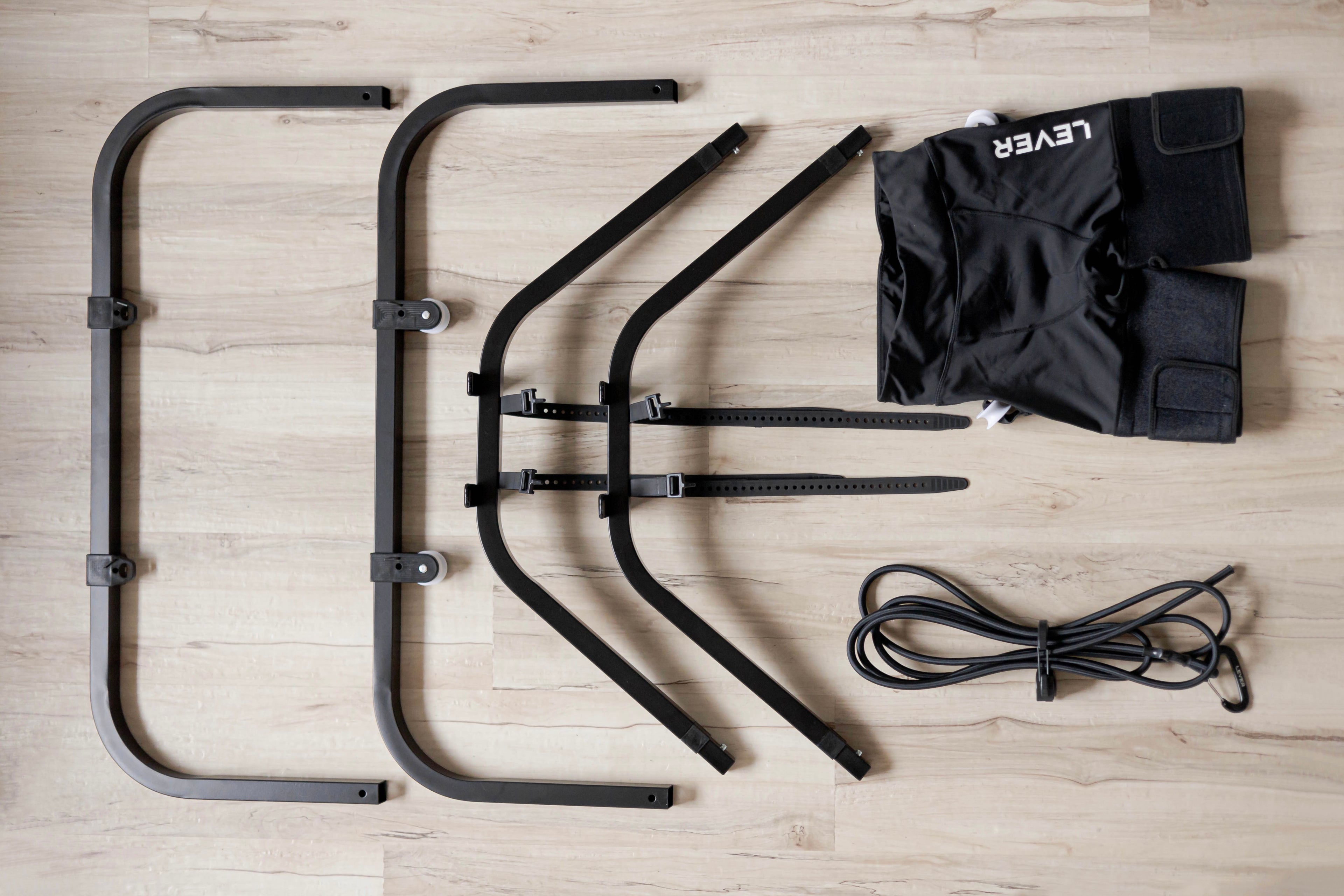Leveraging advanced unloading technology like the LEVER system can significantly enhance recovery and training outcomes for athletes, especially when dealing with common injuries such as shin splints. Shin splints, a term often used to describe medial tibial stress syndrome, are a prevalent issue among runners and athletes who engage in high-impact activities. This condition manifests as pain along the inner edge of the shinbone (tibia) and is typically caused by repeated stress on the shinbone and the connective tissues that attach muscles to the bone.
Understanding Shin Splints and Their Impact
Shin splints are particularly common in individuals who suddenly increase the intensity or duration of their workouts, change their exercise routine, or run on hard surfaces. The pain associated with shin splints can range from mild discomfort to severe pain that hampers athletic performance and daily activities. Traditional treatment methods include rest, ice, compression, elevation (RICE), and modifications in training regimens to reduce stress on the shinbone.
The Role of LEVER in Recovery and Performance Enhancement
The LEVER system offers a cutting-edge approach to managing and recovering from shin splints, providing athletes with a tool to continue training without exacerbating their condition. Here's how LEVER can benefit athletes dealing with shin splints:
1. Reduced Impact Training:
LEVER allows athletes to train at reduced body weight, minimizing the impact on the shinbone and surrounding tissues. This reduction in impact helps prevent further irritation of the area affected by shin splints, enabling athletes to maintain cardiovascular fitness and muscle strength without the pain associated with high-impact activities.
2. Gradual Loading:
As athletes recover from shin splints, it's crucial to gradually increase the load on the affected area to promote healing without overloading the tissues. The LEVER system enables precise control over body weight reduction, allowing for a customized and controlled reintroduction of weight-bearing activities. This gradual approach helps strengthen the muscles around the shinbone, improving resilience against future injuries.
3. Enhanced Recovery Process:
Utilizing the LEVER system as part of the recovery process can expedite healing by facilitating active recovery. Engaging in low-impact exercises while reducing strain on the shinbone can enhance blood flow to the area, delivering essential nutrients and oxygen that aid in tissue repair.
4. Performance Maintenance:
Athletes concerned about losing fitness while recovering from shin splints can benefit from the LEVER system's ability to mimic the physiological demands of running and other high-impact activities at reduced body weight. This feature allows athletes to maintain their cardiovascular and muscular fitness levels, ensuring a smoother transition back to full training once recovered.
Implementing LEVER in Training and Recovery
Athletes and coaches looking to incorporate the LEVER system into their training and recovery routines should consider the following steps:
- Assessment and Customization: Work with healthcare professionals to assess the severity of shin splints and customize a LEVER-based training plan that aligns with individual recovery goals.
- Integration into Training: Gradually integrate LEVER-assisted exercises into the training regimen, starting with low intensity and progressively increasing the workload as recovery progresses.
- Monitoring and Adjusting: Regularly monitor pain levels and recovery progress, adjusting the LEVER settings and exercise intensity accordingly to ensure optimal recovery and performance maintenance.
In conclusion, the LEVER system presents a revolutionary tool for athletes dealing with shin splints, offering a means to continue training effectively while prioritizing recovery. By reducing the impact on injured tissues, facilitating gradual loading, and enabling active recovery, LEVER helps athletes overcome shin splints without compromising their performance goals.











